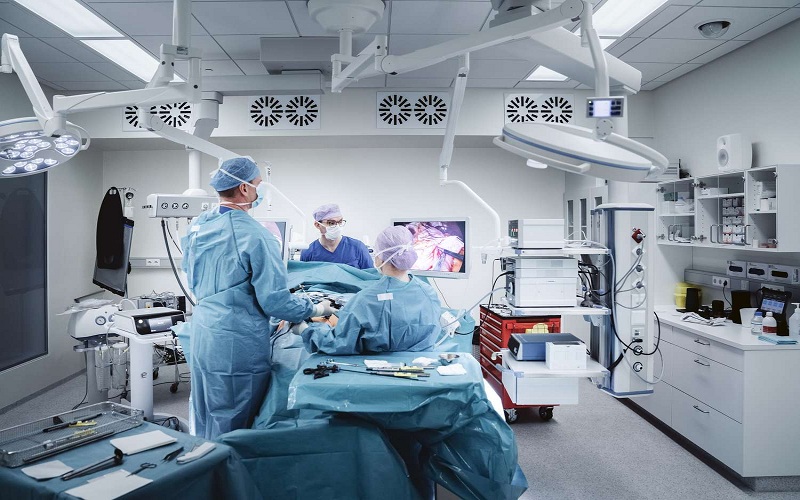Today, we will take a closer look at a common heart procedure – cardiac catheterization. This diagnostic tool allows your cardiologist to view the inner workings of your heart. This can be likened to a road map, with your heart as the city and the catheter serving as the car. The procedure can show us if there are any blocked paths, much like detecting varicose veins Port Saint Lucie. It is a simple, quick, and safe procedure that can provide useful information about your heart health. Let’s dive in.
What Does Cardiac Catheterization Do?
Cardiac catheterization has multiple objectives. The procedure can identify narrowed or blocked blood vessels that could cause chest pain. It can measure pressure and blood flow in the heart. The procedure can also gather samples of blood and heart tissue.
How Is Cardiac Catheterization Performed?
The procedure involves inserting a thin tube, or catheter, into a blood vessel that leads to your heart. Your doctor guides the catheter into your heart through a blood vessel in your arm or leg. A dye is then injected. This makes the heart’s arteries visible on an X-ray.
Risks and Benefits
Like any medical procedure, cardiac catheterization carries some risks. However, it also offers significant benefits when it comes to diagnosing heart conditions. Let’s compare:
| Risks | Benefits |
| Bleeding | Accurate diagnosis of heart conditions |
| Infection | Precise measurement of pressure and blood flow |
| Damage to blood vessels | Possibility to perform treatments during the procedure |
While the risks can sound scary, they are rare. Most people do not have complications.
Recovery and After Care
Recovery is typically quick. Most people can return to their normal activities a few days after the procedure.
Cardiac catheterization is a valuable tool. It gives doctors insight into your heart that was once only available through surgery. By understanding this procedure, we help demystify the process. This may help relieve some anxiety if you or a loved one needs to undergo it.





